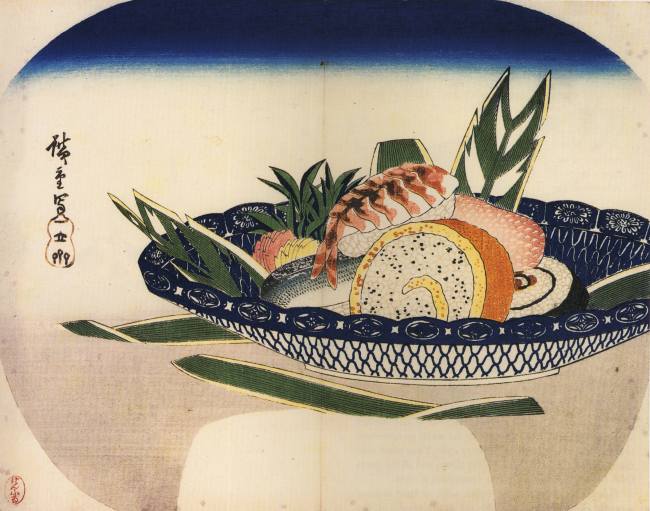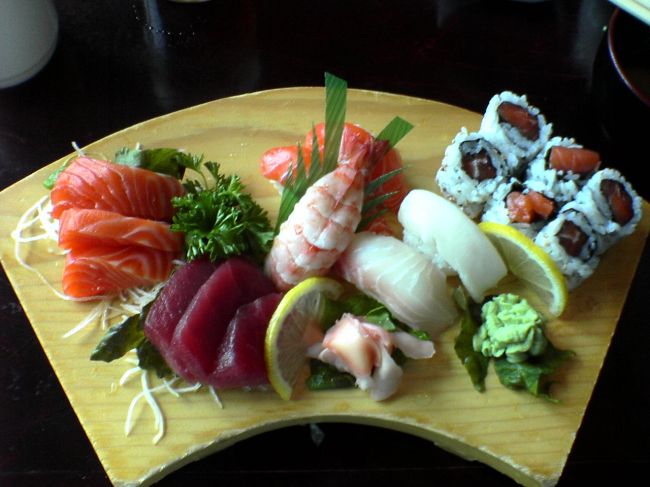Hello readers!
We hope that you all are excited for the Young Professionals cultural event TONIGHT, Sushi Rolling Night with Young Professionals! Have a look at the interesting facts about the history of sushi to prepare you for the amazing cultural event that is in store for you this week!

With sushi readily available to most cultures around the world due to globalization, it has rapidly become a popular dish around the globe and even a symbol of Japanese culture. However, the sushi that most cultures experience today is not exactly how it was introduced to Japan during it’s inception. There are many forms of sushi that exist. The very first form of sushi introduced in Japan was called Narezushi. During the process of creating the Narezushi form of sushi, raw fish were stuffed with rice and then placed through a fermentation process. The fermentation process would take a couple of months until it was almost complete. Before the process of fermentation was complete, the fish stuffed with rice were prepared for people to eat in order to save the rice from dissolving. It wasn’t until the 19th century that Japanese sushi was transformed into more of a commonly produced food.
During the 19th century, as commoners began to receive permission to create businesses of their own, sushi transformed into a new form called edomaezushi, and became a type of fast food in Japan. Raw pieces of fish were placed on top of rolled squares of rice infused with vinegar. During this time, merchants were forced to become creative in the preservation of the fish used for sushi as raw fish spoils quickly. Depending on the type of fish they were using, merchants would cover their product in salt, wasabi, vinegar, or soy sauce. This allowed merchants to keep their product for a longer, although still limited, amount of time. Edomaezushi is now popular all throughout the world and sometimes changes shape to compliment other cultures. In the United States some types of Edomaezushi come with an assortment of sauces that you wouldn’t typically see in Japan.

Sushi has made a drastic change in America. A prime example of this change can be seen with the extremely popular California roll. There is a legend that says Japanese sushi chef Ichiro Mashita is actually the chef that created the California roll. Upon opening one of the very first restaurants that featured a sushi bar in Los Angeles, Mashita wanted to find a substitute for Toro (fatty tuna) in his cuisine. He realized that avocado holds the same greasy texture of Toro and decided to use it as a substitute. He also turned the roll inside out in order to appease his American customers who did not like seeing the Nori (dried seaweed) when eating their sushi, which is how you would typically order sushi in the U.S. today. The type of sushi that Mashita crafted is actually called Makizushi, which is translated as “rolled sushi”. Makizushi and Edozushi are some of the most popular ways that sushi is experienced within the United States!
Now that you have some background into the history of sushi and the different ways it can be experienced we hope that you will join us and your fellow YP’s at Sushi Rolling Night!!